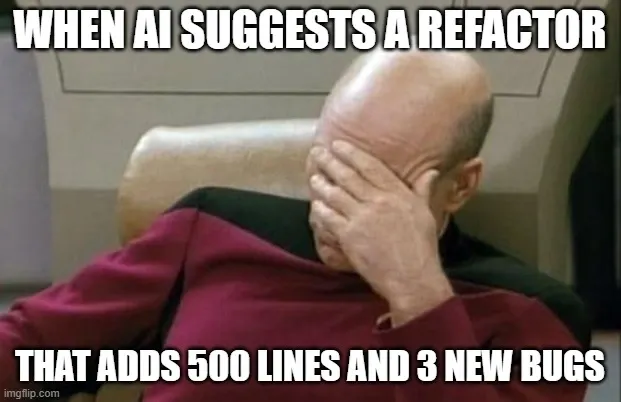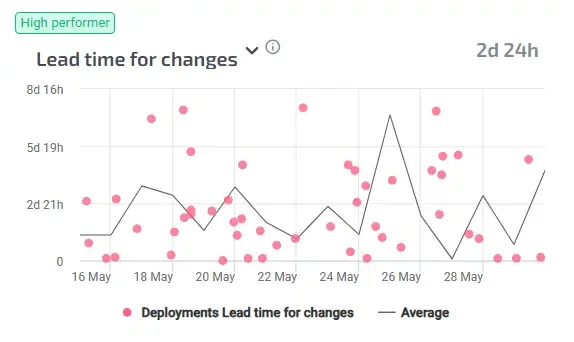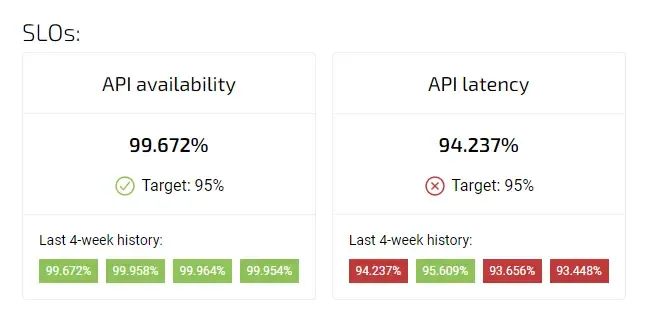Traditional Analytics or Agile Analytics: which one fits you best?

Published on 20 December 2023 by Zoia Baletska

All organisations do analytics to extract insights from their data. Some organisations even make most of their decisions based on this data. Are there any distinct ways in which we can do analytics? We’ve found two prominent approaches: Agile Analytics and Traditional Analytics. Each has its own set of principles, practices, and advantages. In this article, we explore the key differences between Agile Analytics and Traditional Analytics to help organisations make informed decisions about their analytical strategies.
Traditional Analytics
As the name suggests, this form of analytics has been around since Big Gates was modelling on his desk back when Microsoft was still a cool startup.
Sequential Process:
Traditional Analytics typically follows a sequential, waterfall-like process. It involves distinct phases such as data collection, cleansing, transformation, analysis, and reporting. Each phase is completed before moving on to the next, often resulting in lengthy project timelines.
Rigorous Planning:
In the traditional approach, extensive planning is done upfront to define requirements and scope. Changes to the project scope are often challenging to accommodate once the project is underway.
Fixed Scope and Deliverables:
Projects are planned with fixed scope and deliverables, making it challenging to adapt to evolving business needs or to incorporate new data sources during the project.

Comprehensive Documentation:
Documentation is a key aspect of traditional analytics. Detailed documentation is created at each stage to provide a comprehensive understanding of the entire process.
Long Development Cycles:
The emphasis on thorough planning and documentation often leads to longer development cycles, and insights are delivered at the end of the project.
Agile Analytics
Since the early 2010s everything needed to become ‘agile’, because as we learnt everything is agile is better? well, it depends but for analytics, approaching things in a more ‘agile’ fashion actually makes sense
Iterative and Incremental:
Agile Analytics, inspired by the principles of Agile software development, adopts an iterative and incremental approach. It divides the project into smaller, manageable iterations or sprints, each delivering a potentially shippable product increment.
Adaptive Planning:
Agile Analytics embraces adaptive planning, allowing teams to respond to changing requirements and priorities. Planning is continuous and flexible, enabling adjustments based on ongoing feedback.
Embraces Change:
One of the core principles of Agile is its adaptability to change. Agile Analytics acknowledges that requirements evolve throughout the project, and it accommodates changes to ensure that the end product aligns with business needs.
Collaboration and Communication:
Agile places a strong emphasis on collaboration and communication within cross-functional teams. Regular meetings, such as daily stand-ups, facilitate constant communication and coordination among team members.
Early and Continuous Delivery:
Agile Analytics aims for early and continuous delivery of insights. This allows stakeholders to gain value incrementally throughout the project, rather than waiting for a comprehensive solution at the project's end.
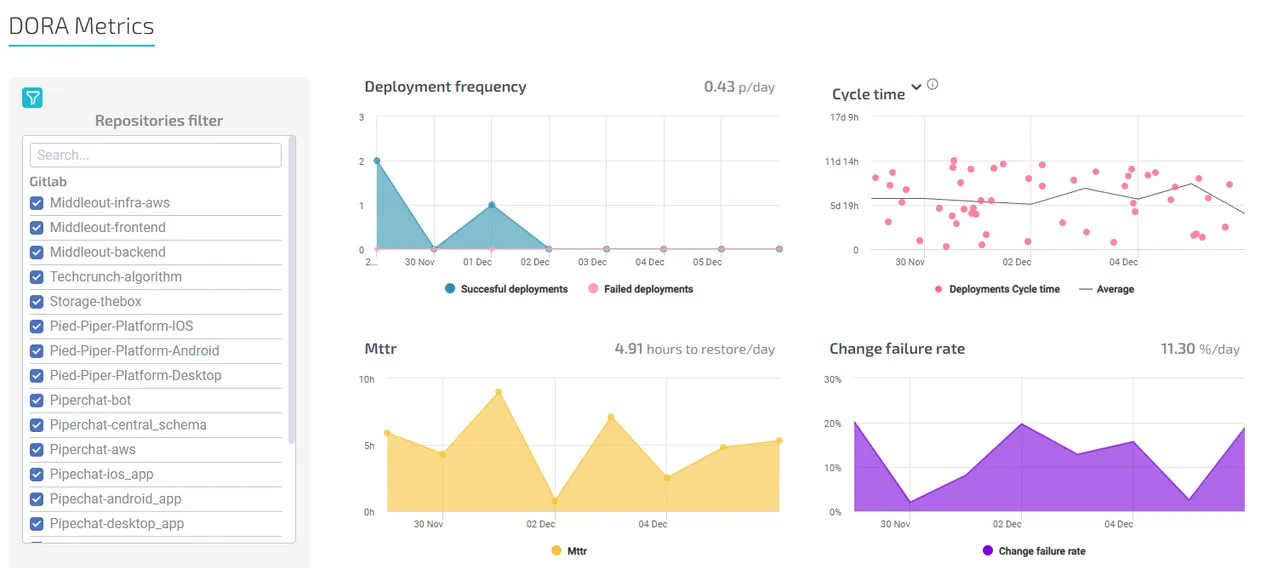
Agile analytics includes DORA metrics
Choosing the best fit
Agile Software Development and Agile Analytics go hand in hand, sharing principles of flexibility and collaboration. Aligning analytics with an Agile mindset is crucial for the following reasons:
- Rapid Adaptation: Agile development involves frequent requirement changes. Agile Analytics is flexible and adapts quickly to evolving project needs.
- Frequent Releases: Agile development operates on short cycles. Agile Analytics ensures rapid insights to support the quick-release cadence of Agile teams.
- Collaborative Decision-Making: Agile promotes team collaboration. Agile Analytics involves stakeholders, ensuring insights align with business goals.
- User-Centric Focus: Agile emphasizes delivering value to users. Agile Analytics provides rapid feedback on user behaviour, enhancing user-centric solutions.
In summary, aligning analytics with an Agile mindset promotes collaboration, flexibility, and continuous improvement, ensuring timely and relevant insights for Agile development teams. This integrated approach supports data-driven decision-making and contributes to overall project success.
Experience ZEN Software’s Agile Analytics
The next step is to employ an Analytics platform based on the same tenets for your Software Development. With Agile Analytics, you measure critical metrics like feature/non-feature balance, deployment frequency, and SRE Error budgets and monitor DORA metrics and Error Budgets.
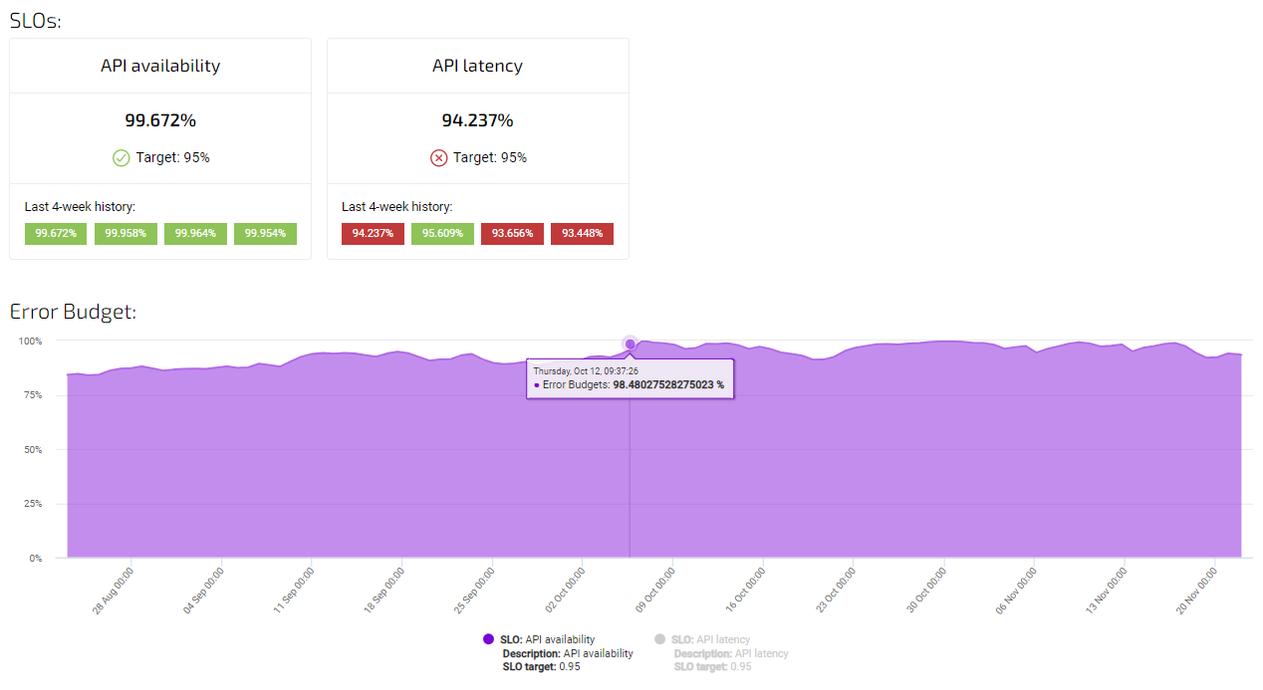
Measuring Error Budgets in Agile Analytics
Gain unparalleled visibility into your sprint performance. Don't miss this chance to break free from traditional constraints and propel your organization to new heights.
We can help you out with a DevOps Assessment, Continuous Delivery conversion, a Lean Software Development Transformation or an SRE implementation. Start your Agile Analytics journey today!
Supercharge your Software Delivery!
Implement DevOps with Agile Analytics
Implement Site Reliability with Agile Analytics
Implement Service Level Objectives with Agile Analytics
Implement DORA Metrics with Agile Analytics
